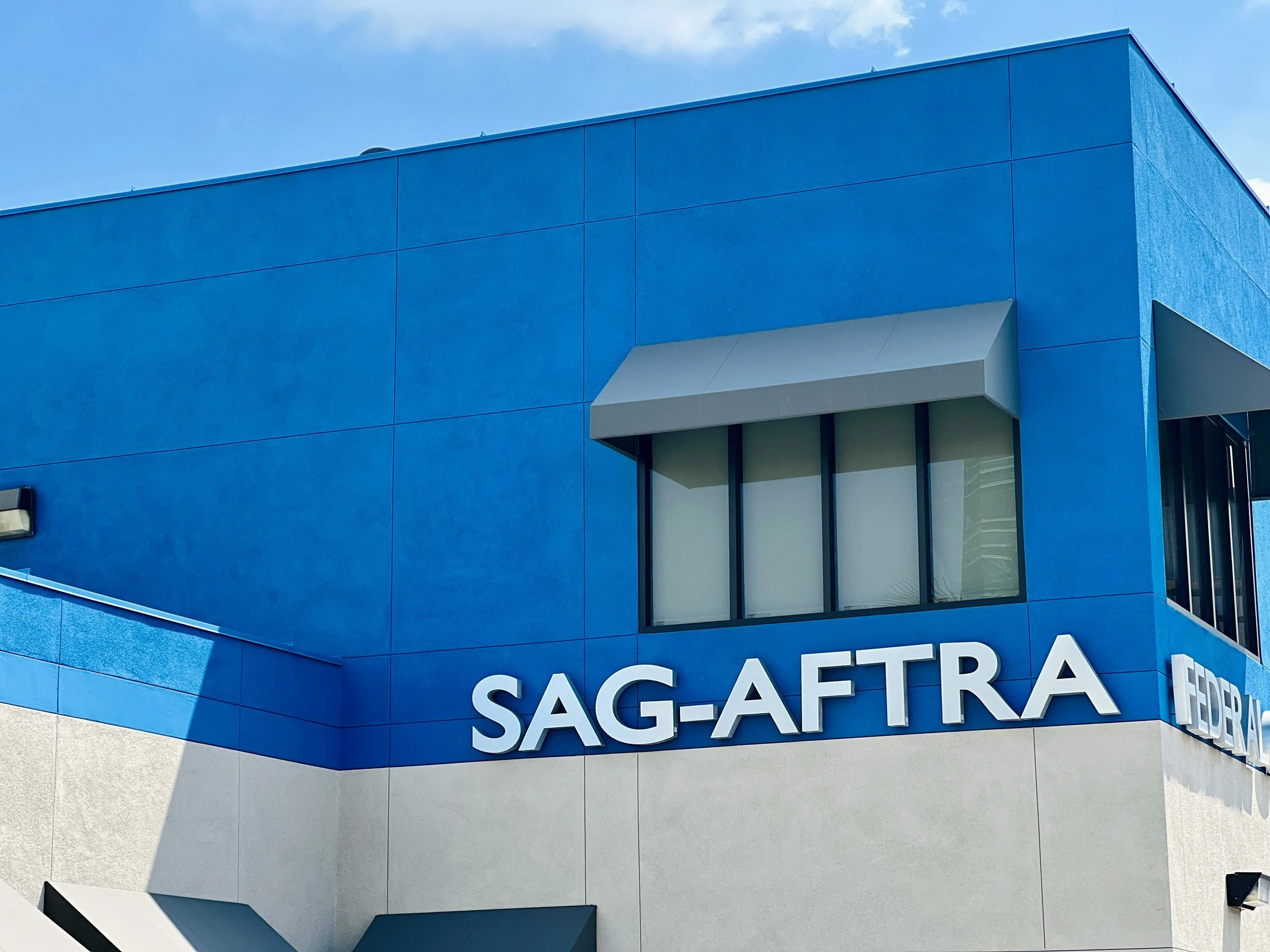Sora 2 and the Talent Takedown
How OpenAI’s latest video model is forcing Hollywood’s unions into uncharted territory
Photo by Tim Wildsmith on Unsplash
When OpenAI unveiled Sora 2 last week, the company called it “a step toward cinematic reasoning.” Hollywood called it something else: a labor problem.
The new version of the text-to-video model can now render multi-character scenes with synchronized dialogue, complex camera moves, and even “consistent emotional arcs” across shots. OpenAI showed off short demos resembling studio-grade commercials—polished, dynamic, and unsettlingly human.
It didn’t take long for the reaction to turn political. SAG-AFTRA, the Directors Guild, and IATSE each issued statements within hours, warning that the tool blurred the lines between reference and replacement. “We’re no longer talking about previs,” one DGA representative said. “We’re talking about performance capture without performers.”
For Hollywood’s creative unions, Sora 2 isn’t a novelty—it’s the trigger that pushes long-simmering anxieties into contract language. Unlike the first Sora, which produced short, surreal clips, the sequel’s biggest innovation is continuity: it can reproduce the same face or voice across multiple shots and emotional beats. That means it can simulate what used to require an actor, a DP, and a week of reshoots.
Studios, already strapped for cash and desperate for efficiency, see possibility. Union leaders see a rewrite of every protection they just fought for in 2023. The fear isn’t just economic—it’s existential. If AI can convincingly generate a “lead performance,” residuals, credits, and creative ownership all start to lose their anchors.
Privately, some producers admit they’re testing Sora 2 on storyboards and second-unit inserts. “It’s like having a B-camera with infinite patience,” one visual-effects supervisor said. “You still need humans—but fewer of them.”
The legal framework is murky. California’s new digital-replica law (A.B. 1836) was designed to protect posthumous likenesses, but it doesn’t yet address AI-born characters that resemble real people without direct data use. OpenAI insists Sora 2 doesn’t train on specific actors or copyrighted films, but offers little transparency on its dataset.
For now, the technology’s biggest impact may be psychological. It compresses the distance between ideation and imagery so completely that it forces Hollywood to decide—again—what “creative labor” means. In the same way Final Draft reshaped writing rooms and digital cameras redefined cinematography, Sora 2 might become the invisible backbone of mid-budget production: everywhere, uncredited, and unavoidable.
The first version of Sora sparked headlines. The second has sparked strategy meetings.

